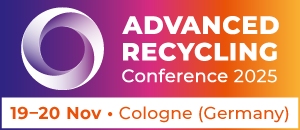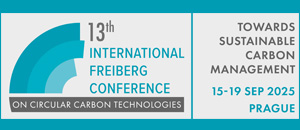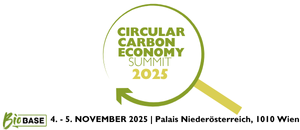As the European Commission increasingly plans to rely on the Product Environmental Footprint (PEF) method as the guiding approach for environmental impact assessment, an accurate approach to assess the carbon footprint of bio-based products is critical.
However, in the currently proposed PEF rules addressing biogenic carbon, there is no recognized benefit granted for the use of biogenic carbon at the beginning of the product life cycle. Thus, as it stands, there is no appropriate incentive to use bio-based resources. This is at odds with Europe’s ambitions for a climate-neutral future and needs to change.
Current PEF rules fail to recognize the advantages of biogenic carbon
Bio-based products are wholly or partly derived from renewable materials of biological origin, such as crops, trees, algae, biological waste, and residues. During the growth process, the plants remove CO2 from the atmosphere and through photosynthesis convert it into biomass, which then can be used for material production. By now, the bioeconomy has already become a part of people’s daily lives, with bio-based plastics, used in a wide range of applications and areas.
Thanks to their properties, these products clearly contribute to the EU’s aim of shifting to a circular economy. They are suitable for a range of end-of-life options: re-use as well as recycling and upcycling. At the end of the cycle, if they are biodegradable under certain conditions, they can even be returned to natural processes, for example by means of industrial composting and the production of compost.
However, despite the EU acknowledgement that bio-based products play a critical role in climate mitigation, the current PEF methodology does not recognize the environmental advantage of employing biogenic carbon at the beginning of the product’s life cycle over the use of fossil carbon. In other words, the methodology fails to incentivize the use of renewable materials of biological origin over fossil-based materials.
Instead, the method foresees a CO2 burden at the end of the life cycle. But only for the incineration of fossil-based and not for biogenic carbon. Hence, this approach not only fails to properly allocate CO2 credits and burdens to the points in time in which they occur, it also breaches the principle of treating equal factors equally and different factors differently. The emission of greenhouse gases into the atmosphere must always be accounted for as a burden, irrespective of its source. The proposed methodology does not reflect the environmental challenges we are facing today.
The benefits of clear, transparent and accurate accounting rules
European Bioplastics, alongside eight European associations, jointly representing industries producing bio-based products, recently proposed an alternative methodology, outlined in “Towards an accurate accounting for carbon from biomass in the Product Environmental Footprint (PEF)”. The approach gives credits for the use of biogenic carbon when renewable resources are used and imposes a burden when carbon is incinerated at the end of life — equally for all sources, be they fossil or bio-based.
This proposed method would be more logical and transparent and would show the actual difference in carbon footprint between biomass-derived and fossil-based products at any stage of the life cycle. This is irrespective of the selected system boundaries and end-of-life scenarios linked to the functional unit of a life cycle assessment. In addition, it would avoid the challenges of double counting of CO2 credits, since all end-of-life CO2 emissions would have to be counted as contributing to climate change, whether biogenic or fossil-based. Finally, it would support the use of bio-based materials, product recycling, long-term storage of carbon, Carbon Capture and Utilization and Carbon Capture and Sequestration, all in line with the EU’s Green Deal objectives.
In order to comprehensively tackle the challenge of climate change by achieving the ambitious goals set by the European Union, the yet untapped potential of the bioeconomy should be fully exploited. This is only possible if EU legislation acknowledges the role of bio-based products in a coherent way. The discourse over the proposed PEF method offers a good opportunity.
This is an abridged version of an article by Hasso von Pogrell, Managing Director, European Bioplastics and Bernard de Galembert, Senior Manager, BioChem Europe (a CEFIC sector group), that was first published in POLITICO. Click here to read the full article.
Source
European Bioplastics, press release, 2022-09-30.
Supplier
European Bioplastics e.V.
European Commission
Share
Renewable Carbon News – Daily Newsletter
Subscribe to our daily email newsletter – the world's leading newsletter on renewable materials and chemicals












